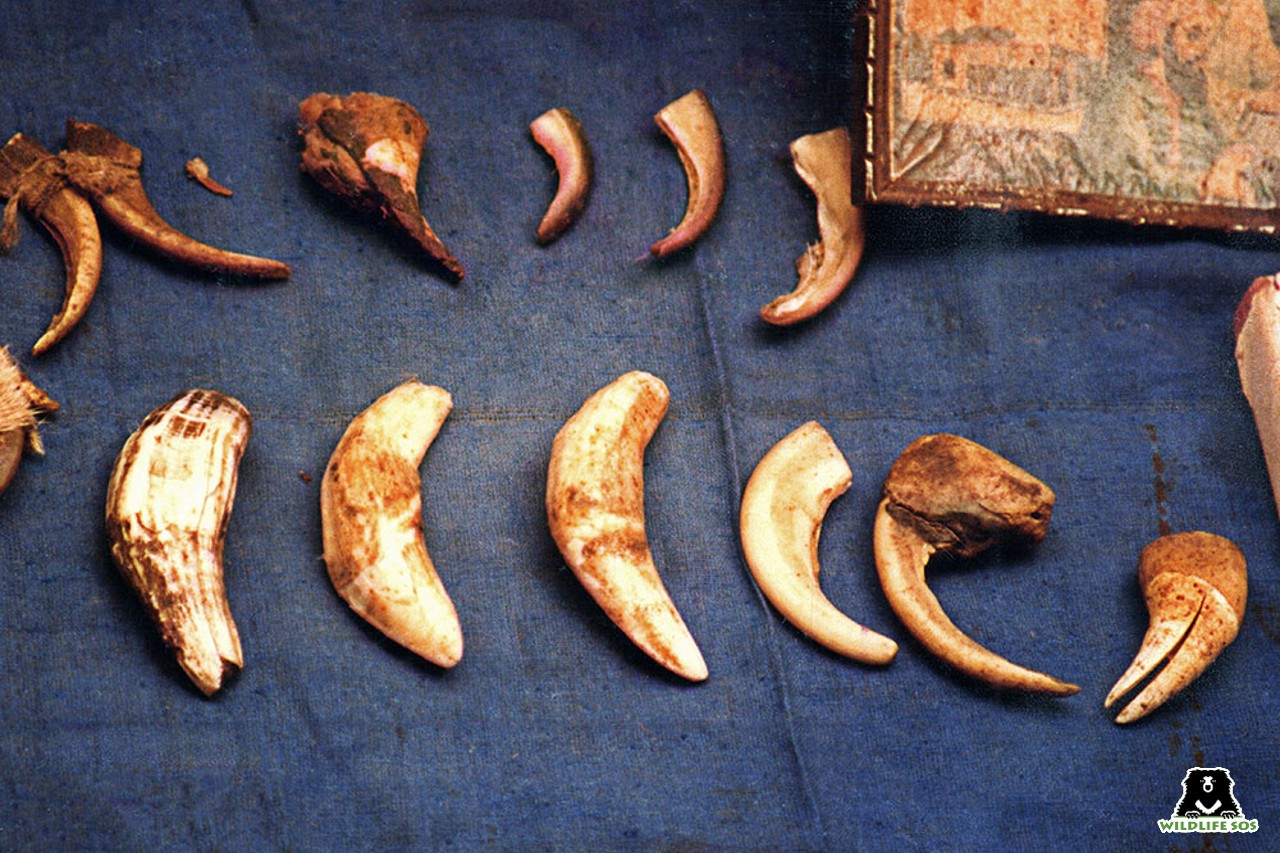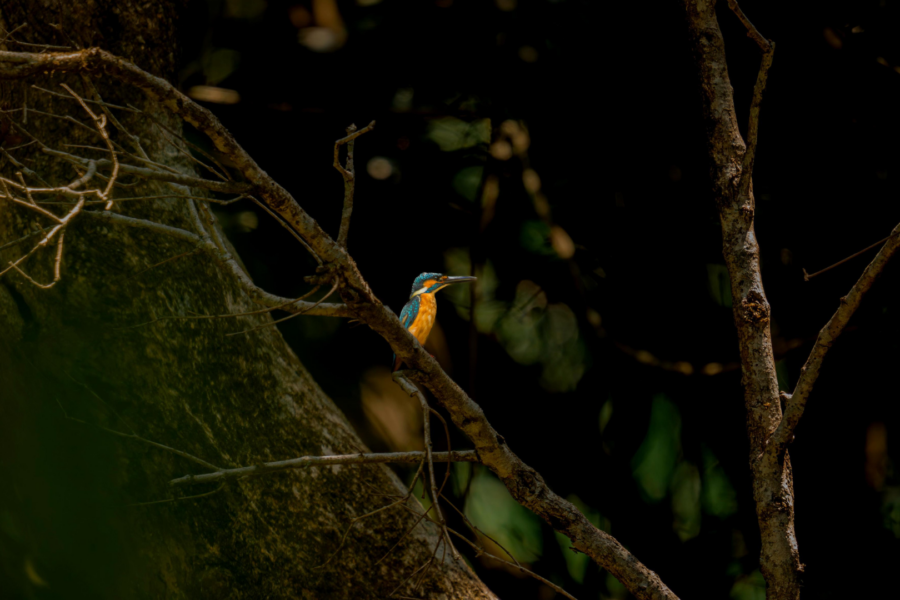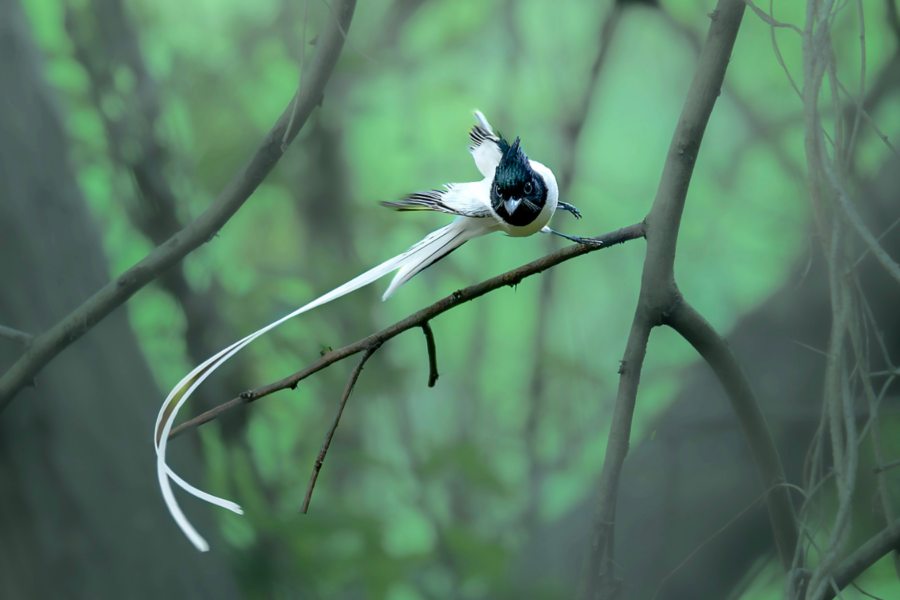Sloth bears are one of the eight bear species found across the world, primarily inhabiting parts of India, Nepal, Sri Lanka and presumably Bhutan. With their shaggy dark brown fur and long, curved claws, they are the longest of all the bear species. Evolved nearly four million years ago, Sloth bears are undeniably the most unusual and unique bear species. Currently listed as ‘Vulnerable’ on the IUCN Red List and protected under Schedule I of the Indian Wildlife (Protection) Act, 1972, the bear plays an utmost important role in maintaining the ecological balance.
Despite their uniqueness, Sloth bears are misrepresented among the public, majorly based on myths and misconceptions. This World Bear Day, we bust some common myths about Sloth bears!
Myth #1 They are slow and related to Sloths.
The first thought that comes to one’s mind upon hearing the name Sloth bear is the animal, Sloth. You might be surprised to know, they are not related to one another. While many assume Sloth bears to be slow like sloths, they can actually run faster than humans!
Here’s the real story of how Sloth bears came to be associated with sloths: Early European explorers spotted a unique, toothless animal with long claws hanging from trees and inferred their close relation to the sloths of South America. The zoologist George Shaw bestowed the name “bear sloth”, which was later reversed to the currently used terminology “sloth bear”.
Myth #2 Sloth bears are aggressive and attack humans.
While they have the reputation of being the most “dangerous” bear, Sloth bears are, in reality, shy and retiring. While Sloth bears do not see humans as ‘prey’, they have an innate defensive-aggressive response to surprise or sudden encounters. Despite their portrayal as unpredicted and aggressive, the fact is that they do not attack unless threatened or provoked. Any attack that may happen is a result of their defence mechanism — if they are suddenly alarmed, feel intimidated, or need to protect their cubs.
Myth #3 Sloth bear body parts can cure illnesses.
Despite strong legal protection, Sloth bears are frequently targeted by poachers for various reasons. They are trafficked across international borders and their body parts and organs are sold on the black market for use in alternative medicine. Reproductive organs and gall bladders specifically are considered to be key ingredients of aphrodisiacs in traditional medicine.
However, this is nothing further from the truth! There is no scientific evidence that bear body parts have any medicinal value, cure illnesses, or improve virility.

Myth #4 Sloth bears are voracious carnivores.
Belonging to the order Carnivora, one presumes Sloth bears consume meat, but their food choices may surprise you! They are actually omnivorous in nature, with a diet consisting of insects as well as plant parts. Being myrmecophagous, they find insects like ants and termites to be their most sought after meal. Their affection for honey which they usually find in beehives has also earned them the name “honey bears”!
Sloth bears have evolved various physiological and physical traits to support their lifestyle:
- long, sharp claws to dig into insect mounds
- thick fur to prevent being bitten
- lack of two front teeth so that their muzzle can easily vacuum out insects
- long tongues, protrusible lips, and mobile snouts
- nostrils that can voluntarily close to prevent insects from entering
Myth #5 Sloth bear cubs are left to defend themselves.
As a matter of fact, Sloth bear mothers are very protective of their young ones. After giving birth in a den, the female prefers to spend time with her newborns. As they grow older, the cubs climb onto their mother’s back as she moves around to collect food. This is continued until they grow up to about nine months of age, primarily to receive protection from potential predators. Cubs are known to stay with their mothers for about two years to learn the skills they need to survive in the wild. There’s even a recorded incident of a mother bear scaring off not one, but two tigers with her roar while still carrying her cubs on her back!
Myth #6 They don’t need protection.
Like any other wild animal species, Sloth bears, too, are facing severe threats from anthropogenic pressures. Aggressive colonisation, fragmentation, and loss of habitat continue to push them into human dominated landscapes, which consequently causes conflict with humans. Additionally, Sloth bears are poached from the wild for entertainment and used in the ‘dancing’ bear tradition across various parts of India. Team Wildlife SOS has worked hard to limit this practice, with support from various international organisations like International Animal Rescue, UK, One Voice, France, Hauser Bears, UK, Humane Society International, Australia along with the cooperation of the Indian government.
The organisation continues to provide medical care and treatment to all the rehabilitated Sloth bears at Agra Bear Rescue Facility and Bannerghatta Bear Rescue Centre. If you’d like to visit our centres and learn more about the work we do, please email us at visit@wildlifesos.org. To support the work that our team does for bear research and conservation, consider becoming a monthly sponsor.





